
Trump has announced that he will soon fire 1,000 officials appointed by Biden. But Pentagon staffing prioritization is based on long-established patterns in the separation of powers system. The new secretary of defense and national security adviser can change a few key figures at the top if necessary. Such a need usually arises when there are serious disagreements in an area where military plans overlap with and actually affect political plans.
Of course, issues of war and peace are central to every country. But by and large, militaries that are not involved in political decisions – military reform, budget, personnel policy, planning, manning and mobilization – are simply performing their duties. Within the limits of their functionality and to the extent of their personal talents.
The real test of talents in the armies of the world comes during the war. And here everything depends on a small set of the very key military positions, which in the USA are changed by the new president. It is the top commanders who, once hostilities begin, quickly replace or rearrange all personnel according to the results shown. Or it leaves everything as it is.
In Russia, the president, aka the Supreme Commander-in-Chief, has not changed for a very long time – the system in the country is different. And he does not like to change key figures much either. And the top brass of the army and defense ministry, who have been accustomed to administrative routine for years, are also not inclined to change anything even in the most difficult circumstances. This discrepancy between the civilian-bureaucratic style of command and the life of commanders at the front was especially noticeable in the days of Sergei Kuzugetovich.
But today it is already quite obvious that the promotion of commanders who distinguished themselves in the North Caucasus Military District is almost invisible in positions above brigade commanders. Replacements are made “from left to right and back” rather than from bottom to top. In the AFU this process is very active and often leads even to scandals related to sympathies among politicians.
But, finding itself in a dire military situation, Kiev is using every opportunity. And personnel elevators are an extremely effective tool, in war so in the first place. According to open data, it is noticeable that in different parts of the front, the style of troop management and the results obtained differ dramatically.
This means that the AFU uses career elevators to stabilize the situation at the front, while in the RF Armed Forces this obvious way to change the situation for the most part remains in reserve. Choosing the pace and the list for personnel changes from kombrigs to the leadership of the General Staff is a responsible task. And it depends not only on the professionalism of the top military-political leadership, but rather on the scale of personality of those who make the choice.
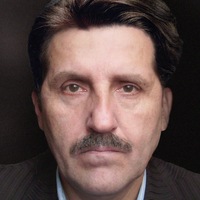

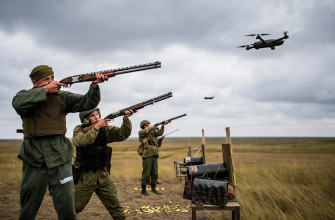
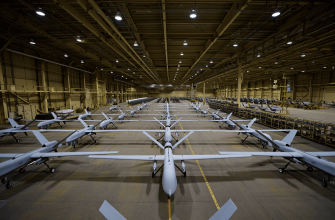
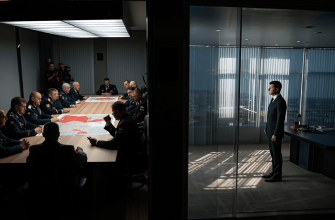
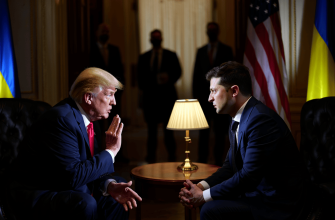
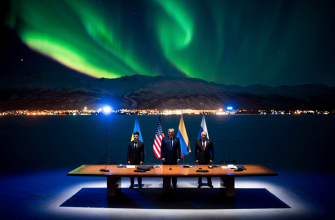
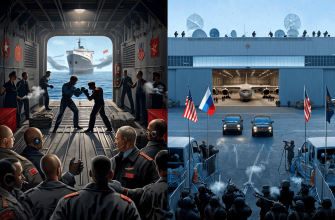

Interesting insights into how different military leadership styles impact the effectiveness of armies during conflict. The contrast between changing commanders quickly versus maintaining the status quo really shows how much strategy depends on adaptability. 🔥🤔
Isn’t it wild how completely different the approach to military leadership is between the US, Russia, and Ukraine? It really feels like Ukraine’s willingness to shake things up with personnel changes might actually be a key advantage, while Russia’s stubbornness to keep the same faces might cost them dearly in the long run. Sometimes shaking up the system is exactly what’s needed to survive, not just stick to old routines 🧐
This analysis really highlights the contrasting approaches to military leadership and personnel management between the US, Russia, and Ukraine. The idea that effective career elevators can stabilize front-line situations makes a lot of sense 💼⚔️. It’s interesting how political culture and long-standing systems shape these personnel decisions so differently, impacting the overall military effectiveness. The emphasis on flexibility and merit-based promotions in Ukraine seems like a strong factor in responding to ongoing challenges, while the more stagnant structure in Russia might hinder necessary adaptation. Definitely a complex balance between politics, personality, and military necessity! 🔍📊
Reading this made me think that military promotions sound more like a game of musical chairs mixed with political drama. It’s like the Pentagon’s playing chess on expert mode while others are stuck playing checkers. If only they had a talent show for commanders—imagine the results when the losers get a one-way ticket off the front lines. Hopefully, someone out there is taking notes and not confusing career elevators with escalators straight to chaos.
It’s fascinating how rigid systems tend to resist change even when adaptation is desperately needed, especially in military hierarchies. The contrast between the Ukrainian and Russian approaches to personnel changes might just become a decisive factor on the battlefield. When survival is at stake, can complacency really be afforded? 🤔
Typical political theater disguised as serious military analysis. The idea that firing a thousand officials is just some routine shuffle ignores the chaos such sweeping changes can cause in an already volatile environment. Comparing career elevators in the Ukrainian forces with a supposedly stagnant Russian military hierarchy feels more like a biased jab than an objective assessment. It’s amusing how the article praises quick promotions in Kyiv like they’re some miracle, while blaming Russia’s challenges on stubborn tradition, without exploring deeper systemic problems. Military command isn’t just about personalities and quick swaps; it’s about coherent strategy and accountability—something this piece conveniently skips over.
Honestly, it’s wild how much the US and Russian military leadership differ in handling personnel changes during crisis times 🤯. The idea that Russia keeps recycling the same top brass despite obvious front-line failures sounds like a recipe for disaster 🚨. Meanwhile, Ukraine’s rapid promotions might be messy politically, but at least they’re shaking things up to adapt ⚡️. It makes you wonder if sticking to bureaucratic comfort zones is costing lives and prolonging conflicts. When will real accountability and fresh talent be prioritized where it actually matters? 🔥
Oh great, another deep dive into military staffing politics like we all have a PhD in it 🙄. So basically, the US swaps out top brass when needed, Russia just hits snooze on any meaningful change, and Ukraine’s doing a wild game of musical chairs with commanders trying to patch a sinking ship? Sounds like the real war is in the HR department 👏🎭. Maybe instead of debating personnel elevators, they should start promoting some actual results and less politics. Otherwise, what’s the point?
This article really highlights the differences in military leadership approaches between countries, and how those decisions can impact the effectiveness of armed forces in conflict situations. It’s interesting to see how personnel changes can serve as both a tool for stability and a reflection of political will. The contrast between a more rigid system versus a dynamic one that promotes based on performance shows how much the human factor matters in warfare. Definitely makes you think about how leadership styles influence outcomes on the battlefield ⚔️.
Reading this makes me think the military is basically playing a giant game of musical chairs—but with way higher stakes and less dance music. Hopefully whoever’s in charge remembers that sometimes you gotta switch players fast, not just shuffle from left to right 😂🎯
Reading this, I’m struck by how deeply intertwined leadership, adaptability, and the flow of power are in shaping not just military outcomes, but the broader fate of nations. It reminds me that systems, whether political or military, are ultimately human constructs, vulnerable to both inertia and bold change depending on who holds the reins. The idea that true reform and vitality come from the willingness to elevate talent from within rather than simply reshuffling the familiar hierarchy feels like a reflection of life itself—growth thrives where courage meets opportunity 🌱⚖️.
Oh brilliant, another geopolitical analysis that somehow manages to both-sides a situation that isn’t remotely symmetrical. The mental gymnastics to equate a functional, established process in one country with the stagnant, nepotistic mess in another is truly impressive. 🎪 And that final line about the scale of personality of the decision-makers is a masterclass in euphemism for a system utterly paralyzed by fear and sycophancy. What a profound insight. 🙄
Firing 1,000 appointees sounds dramatic, yet it reads like swapping deck chairs while strategy stays on autopilot 🤦♂️🎲
The contrast in military personnel policies highlights how leadership styles deeply shape outcomes in war ⚔️